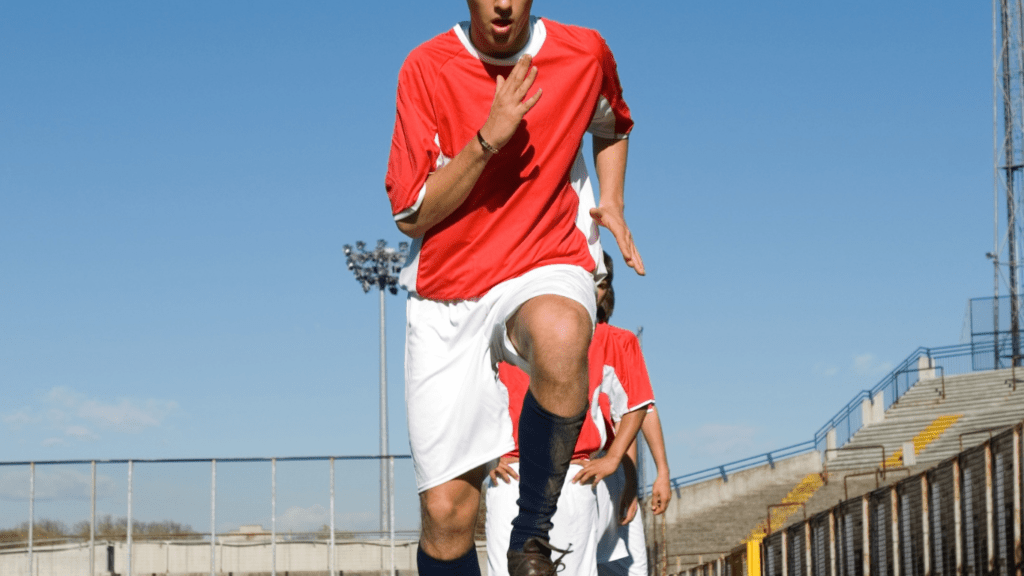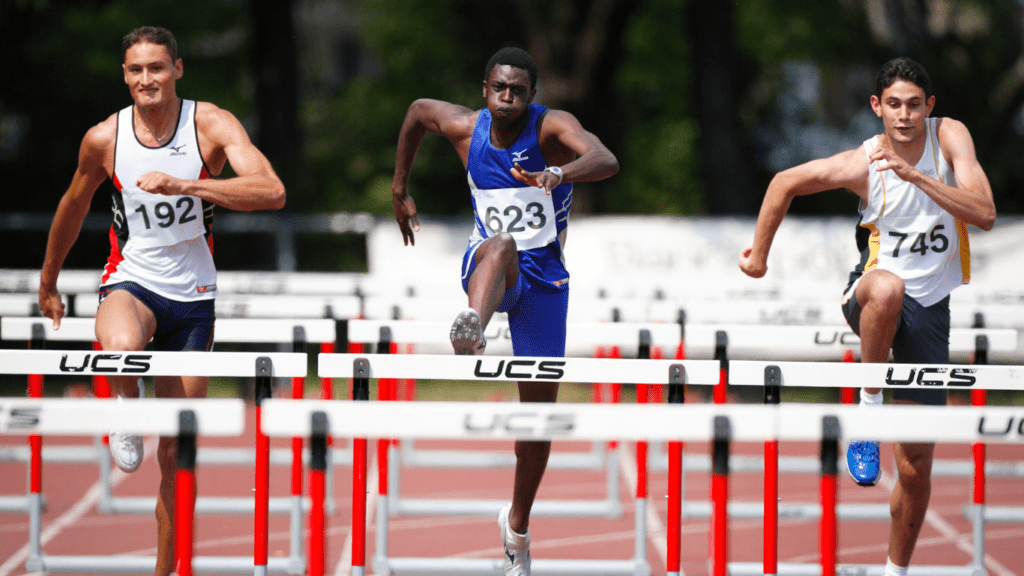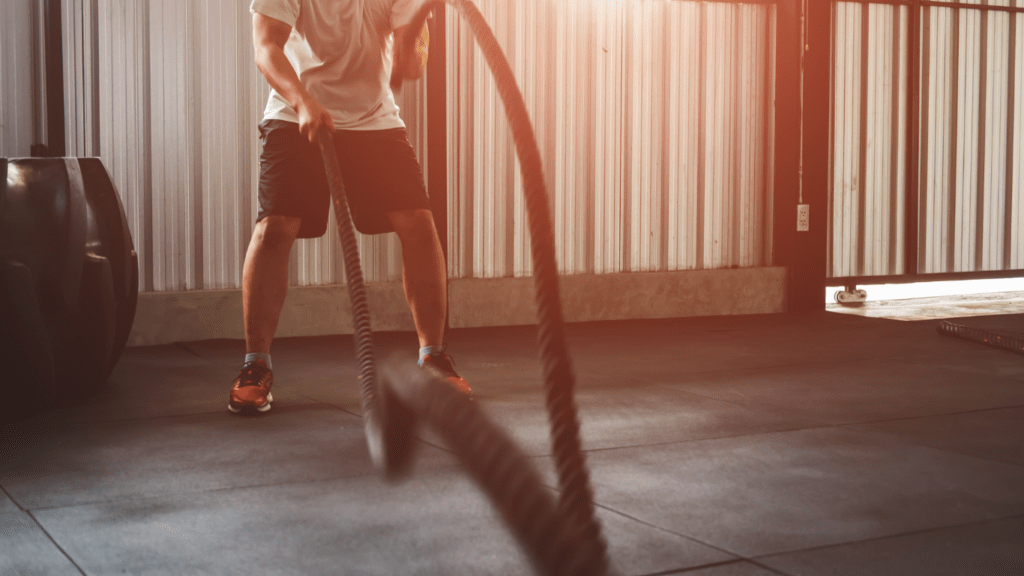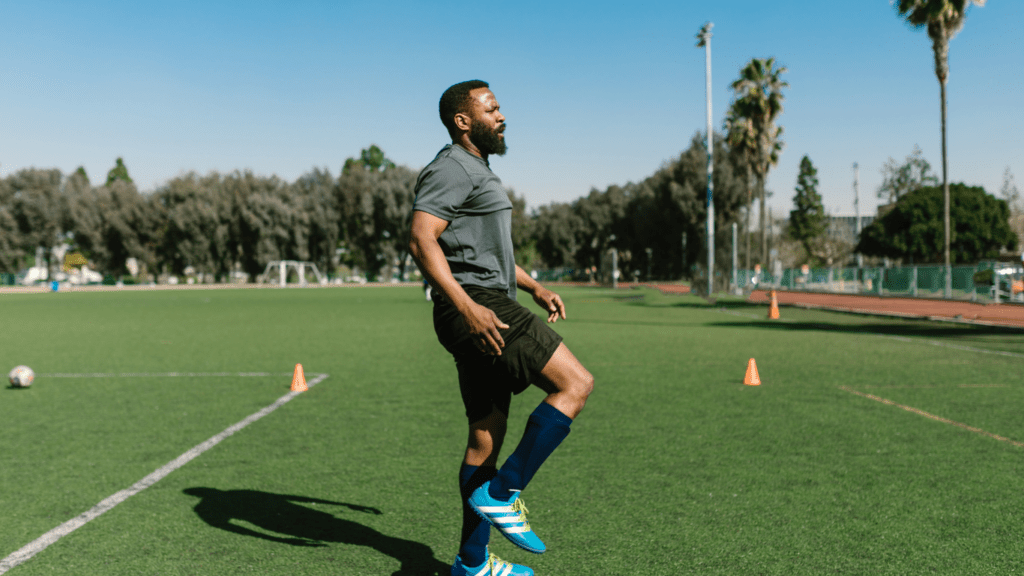As an avid sports enthusiast, I’ve always been fascinated by the lengths elite athletes go to enhance their performance. It’s not just talent and hard work that set them apart; it’s the cutting-edge techniques they employ to push their limits.
From advanced training regimens to innovative recovery methods, these athletes are constantly seeking an edge. In this article, I’ll dive into the top performance enhancement techniques that have transformed the game for many elite competitors.
Whether you’re a professional athlete or someone looking to elevate your own fitness journey, understanding these strategies can provide valuable insights. Join me as we explore the science and art behind what makes the best of the best truly exceptional.
Overview of Performance Enhancement Techniques
Performance enhancement techniques encompass various methods athletes use to optimize physical abilities. These strategies focus on strength, endurance, flexibility, and mental conditioning, among other factors.
Training Regimens
- Strength Training: Athletes engage in resistance training to build muscle mass and improve strength, which contributes to overall performance.
- Endurance Training: Cardiovascular workouts, such as running and cycling, enhance stamina, enabling athletes to sustain efforts over extended periods.
- Speed Training: High-intensity interval training (HIIT) increases explosiveness and agility, improving performance in sports requiring quick bursts of speed.
Recovery Methods
- Active Recovery: Incorporating low-intensity exercises helps reduce muscle soreness and promotes blood flow, accelerating recovery post-training.
- Cryotherapy: Cold exposure techniques, like ice baths, reduce inflammation and aid recovery, allowing athletes to train harder and recover faster.
- Sleep Optimization: Prioritizing sleep enhances physical and mental recovery, leading to improved cognitive function and performance.
Nutritional Strategies
- Macronutrient Management: Athletes adjust protein, carbohydrate, and fat intake to fuel their training adequately and support muscle recovery.
- Hydration: Proper hydration maintains performance levels and prevents fatigue, particularly in endurance sports.
- Supplements: Many athletes use supplements, such as protein powders and creatine, to enhance recovery and boost energy levels during training sessions.
Mental Conditioning
- Visualization Techniques: Athletes practice mental imagery to enhance focus and boost confidence, improving performance during competitions.
- Mindfulness and Meditation: These practices help reduce anxiety and improve concentration, enabling athletes to perform at their best under pressure.
These techniques, along with ongoing advancements in sports science, equip elite athletes with the tools to refine their skills and maximize their potential.
Nutrition Strategies
Nutrition plays a crucial role in enhancing athletic performance. Elite athletes focus on strategic nutritional approaches to maintain energy levels, optimize recovery, and support overall health.
Macronutrient Balance
Macronutrient balance entails managing carbohydrates, proteins, and fats to fuel performance. Carbohydrates serve as the primary energy source, especially during high-intensity exercises.
Athletes often consume complex carbohydrates like whole grains, fruits, and vegetables to sustain energy levels. Proteins facilitate muscle repair and growth; therefore, athletes prioritize lean sources such as chicken, fish, legumes, and dairy.
Fats provide essential fatty acids and act as a secondary energy source, with nuts, seeds, and avocados being popular choices. Many elite athletes track their macronutrient intake to ensure optimal ratios that align with their training regimes, aiming for specific goals in strength, endurance, or recovery.
Hydration Importance
Hydration is vital for maintaining performance and preventing fatigue. Elite athletes often aim for a water intake of around 3 to 4 liters per day, adjusting based on activity intensity and environmental conditions.
Dehydration can impair physical capabilities, lead to decreased coordination, and hinder recovery. To optimize hydration, athletes frequently drink fluids before, during, and after exercise. In addition to water, sports drinks with electrolytes are utilized during extended training sessions or competitions, replacing lost minerals.
Monitoring urine color and overall physical sensations can provide insight into hydration status.
Training Regimens
Training regimens are critical for elite athletes seeking to enhance their performance. These strategies encompass a variety of exercises tailored to improve specific athletic capabilities.
Strength and Conditioning Programs
Strength and conditioning programs focus on building muscle and enhancing overall physical performance. These programs include exercises like squats, deadlifts, and bench presses, targeting major muscle groups.
Elite athletes typically follow periodized training plans, varying the intensity and volume of workouts to prevent plateaus. For example, athletes might lift heavy weights in short bursts followed by lighter weights with higher repetitions to build both strength and endurance.
Professional athletes often incorporate plyometric exercises such as box jumps and medicine ball throws to develop explosive power, which is crucial for sports requiring speed and agility. Additionally, these programs integrate flexibility training through yoga or dynamic stretches, enhancing range of motion and reducing injury risks.
Sport-Specific Drills
Sport-specific drills are designed to mimic the demands of an athlete’s respective sport. These drills enhance skills necessary for peak performance during competition. For instance, basketball players may engage in shooting drills that focus on footwork and shot precision, while soccer players practice dribbling and passing patterns to improve ball control.
Athletes usually perform these drills at varying intensities to simulate game-like scenarios and enhance decision-making under pressure. For swimmer athletes, techniques like interval training build endurance and speed in their strokes.
These tailored drills not only improve physical skills but also foster mental acuity, as athletes learn to think strategically during practice.
Mental Conditioning
Mental conditioning plays a crucial role in the performance of elite athletes. Techniques such as visualization and mindfulness enhance focus, reduce anxiety, and improve overall mental resilience.
Visualization Techniques
Visualization helps athletes mentally rehearse their performance. This technique involves creating vivid mental images of success and specific actions. Research indicates that consistent practice of visualization can enhance motor skills, improve confidence, and reduce pre-competition anxiety.
For example, basketball players visualize free throws to increase their chances of success during actual games. Elite athletes often spend 10-15 minutes daily on visualization exercises, reinforcing positive outcomes and strengthening mental pathways.
Mindfulness and Focus
Mindfulness enhances an athlete’s ability to stay present and focused during competition. It involves techniques such as controlled breathing, meditation, and body awareness exercises. Studies show that practicing mindfulness can lower stress levels, increase concentration, and enhance emotional regulation.
Elite athletes commonly dedicate 5-20 minutes per day to mindfulness training, allowing them to maintain composure in high-pressure situations and improve decision-making skills. By integrating mindfulness practices into their routines, they gain a psychological edge over their competitors.
Recovery Methods
Recovery methods play a crucial role in enhancing athletic performance, enabling elite athletes to train harder and recover faster. Here are two key recovery strategies.
Active Recovery and Rest
Active recovery involves low-intensity exercises, such as walking, cycling, or swimming, performed after intense workouts. This method stimulates blood flow, reduces muscle soreness, and helps clear lactic acid from the muscles.
I typically recommend engaging in active recovery sessions for 20 to 30 minutes to promote overall recovery without adding stress to the body. Rest periods are equally vital for recovery. Athletes often schedule rest days in their training regimens to allow muscles to repair and grow.
Sleep, in particular, constitutes a powerful recovery tool. Studies indicate that athletes who sleep for 7 to 9 hours each night experience improved performance and lower injury rates. Prioritizing both active recovery and adequate rest ensures that athletes can consistently perform at their best.
Advanced Recovery Technologies
Advanced recovery technologies increasingly contribute to enhanced recovery processes for elite athletes. Devices such as compression therapy boots promote better circulation, reducing muscle soreness and speeding recovery.
Cold water immersion baths also assist in lowering inflammation and alleviating muscle fatigue after rigorous training. I often find that techniques like cryotherapy, where athletes expose themselves to extremely cold temperatures for a short duration, can lead to reduced recovery times and increased muscle repair.
Additionally, electrical stimulation devices, which aid muscle recovery through targeted electrical impulses, complement traditional recovery methods effectively. Integrating these advanced recovery technologies into my training routine can optimize performance and overall well-being, providing the edge athletes need to excel in competitive environments.




